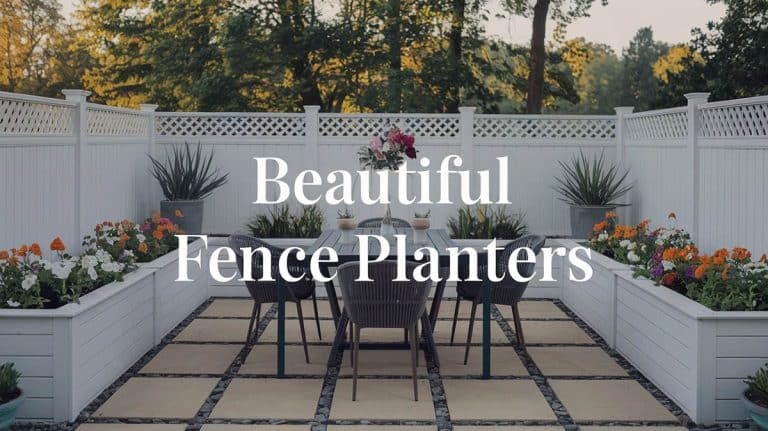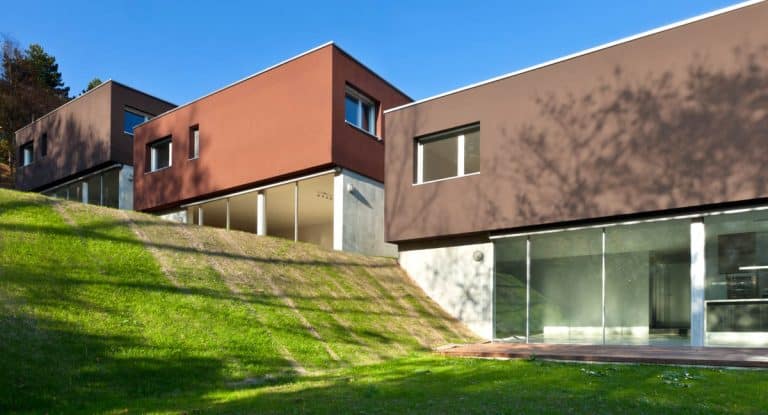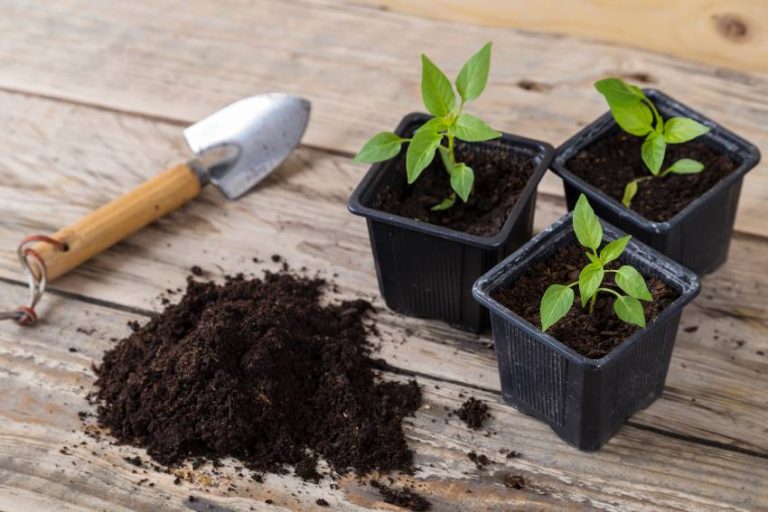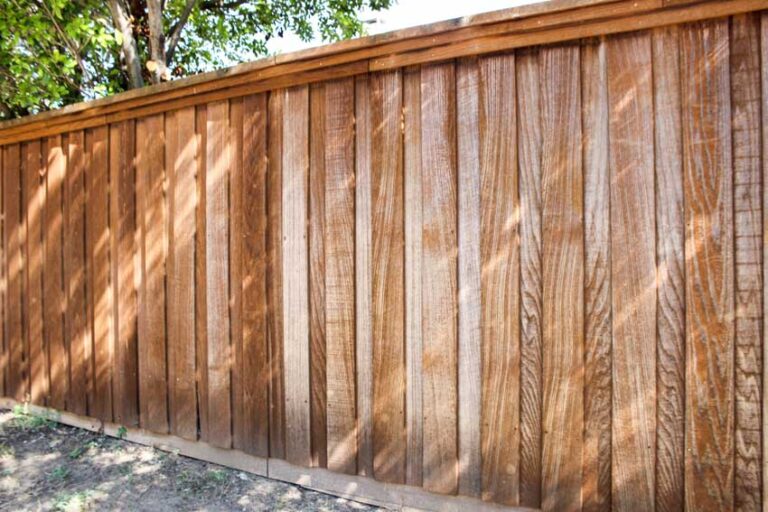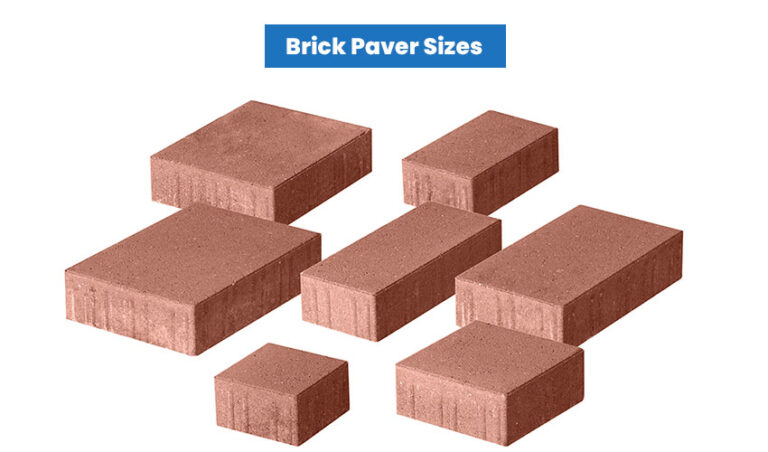What to Know About Shiplap Fencing (Types & Materials)
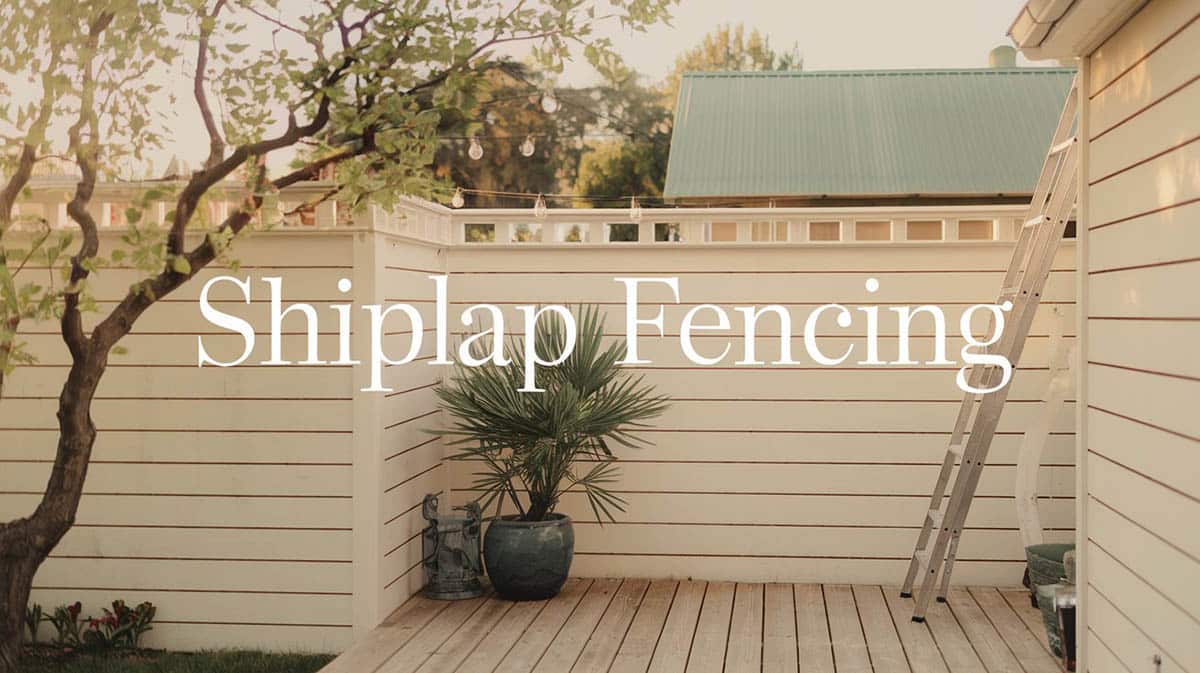
Shiplap wood panels originated years ago to wrap ships and make them waterproof. They’re made from wood paneling with a v-shaped groove called a rabbet cut at each panel’s top and bottom. The panels are interlocked, creating a watertight seal. The success of shiplap protecting boats against water and wind translated into this style of siding being manufactured to cover homes, barns, and other outdoor structures like fencing.
Although shiplap was designed for the outside of boats and homes, its practicality came with an aesthetic touch—it was considered a decorative material for fences. Typically, shiplap used as siding for homes, buildings, and fences is not curated from ships or boats but made from wood panels. The design also expanded into a handsome material for fencing using wooden or vinyl panels that interlock and lay horizontally or vertically.
What Is Shiplap Fencing?
Although shiplap fences are not made from actual boards used on ships, they carry over the nautical, rustic, and recognizable look and design. The boards are commonly made from rough-surfaced wood to create a recognizable look and have a v-joint similar to tongue and groove boards. These boards are used for fences, single, double, or sliding gates.
Horizontal Shiplap Fence
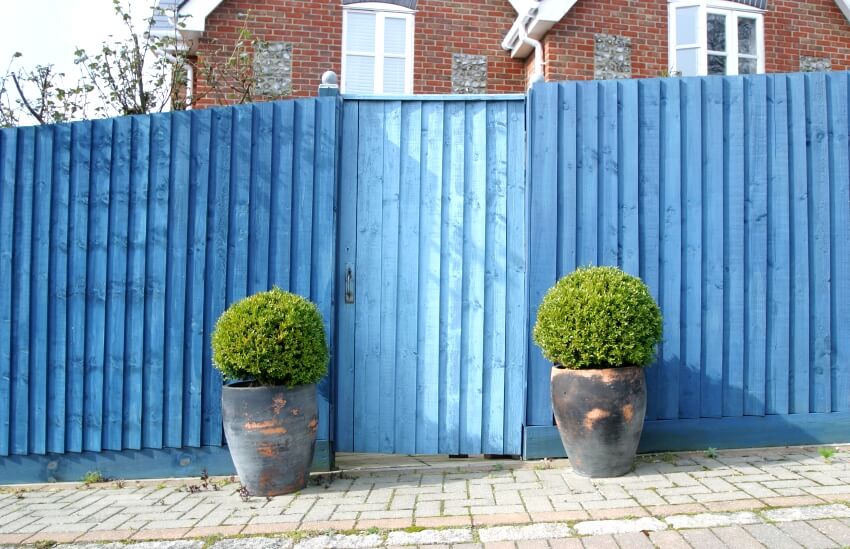
Of course, shiplap boards for boats and ships were layered horizontally, and horizontal fence boards created an authentic design statement for fencing. Any wood board can be used to create this type of fencing. The horizontal direction of the boards already offers the sleek and trendy look shiplap makes. These horizontal fences can be built without gaps between the panels or with small gaps to vary the look of the fence. Check out more fence designs here.
When pairing fences with other landscape elements in your yard, you can create a modern, contemporary, or rustic contemporary look. Horizontal fences that run into borders or corner pieces that are taller and shorter give your yard an artistic and unique design factor. It turns a plain yard into an eye-turning space, and the horizontal lines also make your outdoor space look larger.
Shiplap Fence Panels
The type of wood used for the shiplap fencing determines how it will look. These fence panels come either with a rough or smooth finish. Rough lumber has a coarse surface and provides a sturdy and rustic look. Rough-sawn lumber is a gritty material that may even have imperfections, such as saw marks or divots. It creates thick and heavy panels. The fence frame needs to be sturdy enough to support rough lumber panels, and proper hardware must be used to support the boards.
Smooth lumber panels are thinner and lighter than rough lumber panels and have a sanded surface that creates a silky finish ready for whatever stain or color you choose. They also have a more cured look. Lap fence panels made from smooth lumber typically have beveled edges.
Shiplap Privacy Fence
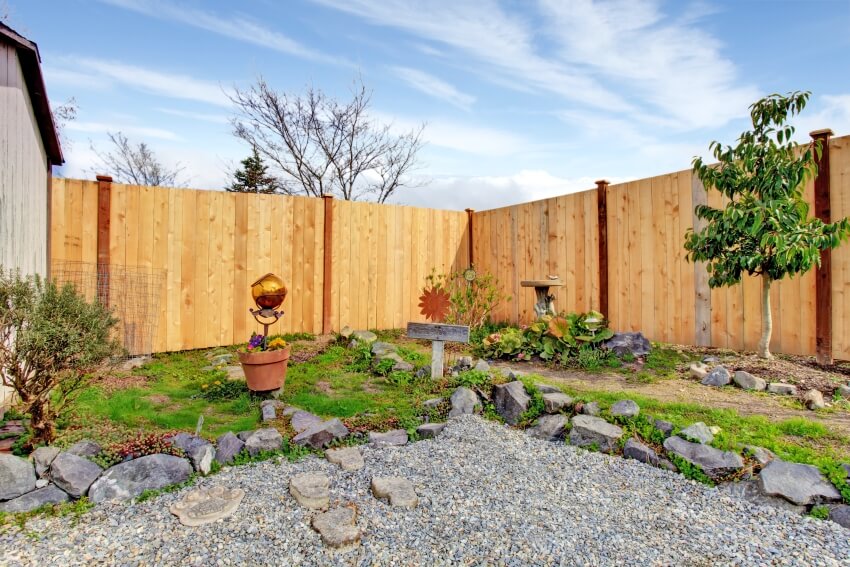
To create a shiplap fence that provides privacy, the horizontal boards are placed with the edges up against each other or interlocked with the rabbet’s v-shaped groove. The groove interlocks and eliminates any gap between the boards for complete privacy. Read more about privacy fencing here.
A small amount of space between the boards can allow some gaps. There will be enough space to peek through the panels, providing privacy. The gaps also let the wind come through the fencing, which is helpful in areas with strong winds.
Cedar Shiplap
Cedar is the most common wood used for these fences and provides benefits over other wood materials due to its natural oils. These oils deter bugs and result in a wood panel that is resistant to rot, resulting in a longer-lasting fence. Cedar boards that are split using a band saw typically have an uneven thickness, which works fine for fencing.
The cedar’s naturally rough surface helps create the irregular surface design of the original lap boards used for ships, making it a natural choice for this fencing. For more related ideas, visit our guide to the best garden fence ideas.
Shiplap Design Fencing Prices
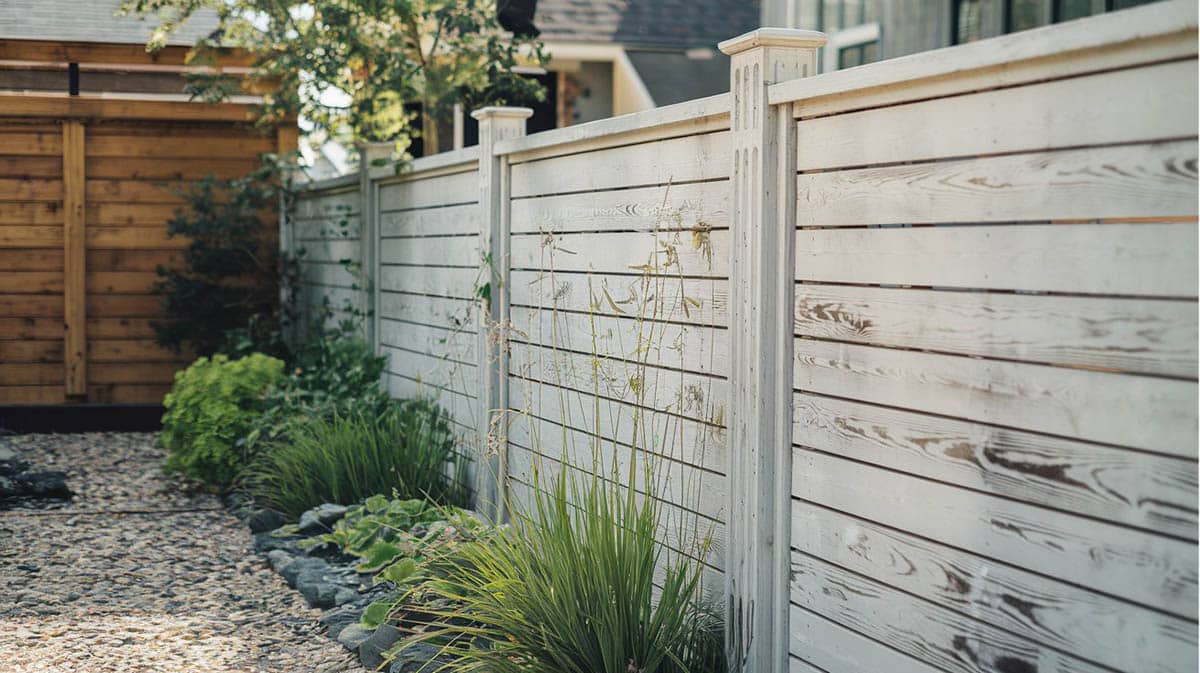
Shiplap fencing is made from different materials, affecting each board’s pricing. Pricing is also affected by the type of design or finish. Pine boards may differ in prices based on the finish, including options such as charred, stained, white-washed, or unfinished. Vinyl fencing comes in larger panels and is very expensive. See the pros and cons of vinyl fencing here.
When installing this type of fencing, determine the width and height of each section. Once the width is decided, you need to measure the area to install the fencing for distance. The prices below are for lap boards only. Other fencing needs include posts, end caps, hardware, stain, and labor.
| Type of Material | Length and width | Price Range Per Board |
| Pine | 1” x 6” x 8’ | $14 to $22 |
| Spruce | 1” x 6” x 8’ | $14 to $22 |
| Cedar | 1” x 6” x 8’ | $24 to $30 |
| Poplar | 1” x 6” x 8’ | $35 to $40 |
| PVC | .38” x 7.38” x 8’ | $180 to $195 |
How Long Do Lap Fence Panels Last?
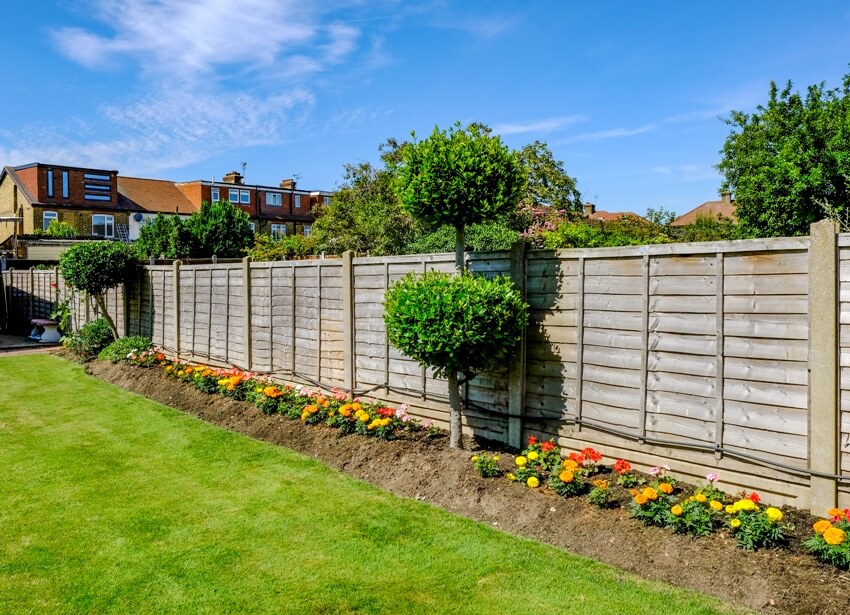
Lap fence panels will last as long as the material they are made from is rated to last. Wood must be stained or oiled every few years to prevent rot and deterioration. Properly maintained fencing made from high-quality wood can last an average of 15 to 20 years. Vinyl or PVC fence panels can last from 20 to 30 years, depending on the climate where the fencing is installed.
Shiplap fences are a popular choice for many homeowners. In addition to securing property or working as a privacy screen, they create a landscape centerpiece. The numerous choices of materials, board lengths, gap sizes, and height combinations form an artistic design for your property that easily blends with other landscaping elements.
If you are designing your yard, there are a variety of programs that can help with materials, planning, and layouts. See our top picks for design software here to help visualize your fence project before purchasing anything.

